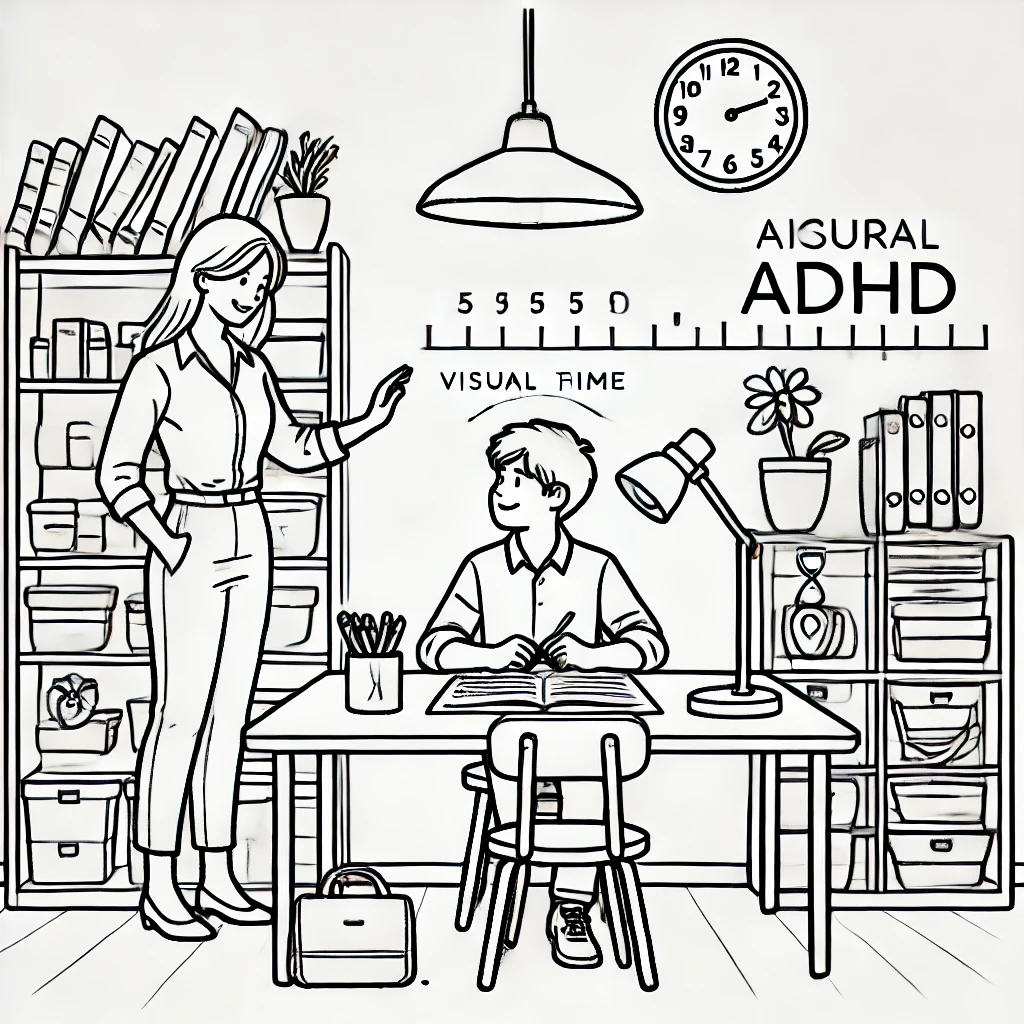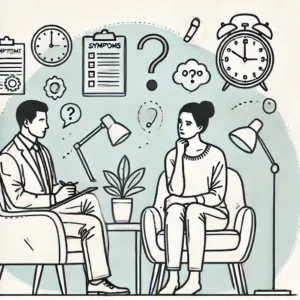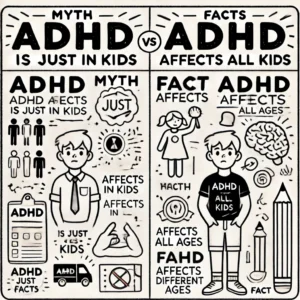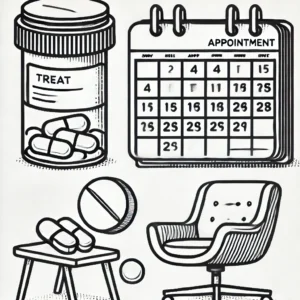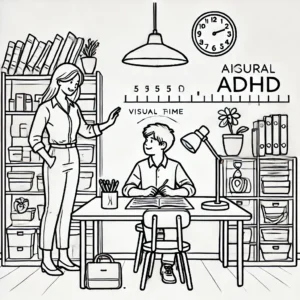Supporting Students with ADHD in the Classroom
Students with ADHD face unique challenges in the classroom, often struggling with focus, impulsivity, and managing time. However, with a few targeted strategies, educators can help these students thrive. Small, thoughtful adjustments not only assist students with ADHD but can also enhance the learning environment for the entire class. Here’s how teachers can make a big difference with simple, practical changes.
The Importance of Structured Routines
Why It Helps:
Consistency and predictability are essential for students with ADHD. Structured routines provide a sense of stability, helping them understand what to expect throughout the day.
Practical Tips:
- Visual Schedules: Use visual aids like charts or whiteboard agendas to outline daily activities.
- Transitions: Give students advance notice before moving to a new activity to ease transitions.
- Morning Check-ins: Start the day with a brief check-in to review the schedule and set expectations.
Clear and Concise Instructions
Why It Helps:
Students with ADHD often struggle to follow lengthy or complex directions. Providing clear, step-by-step instructions ensures they can process and complete tasks effectively.
Practical Tips:
- Break tasks into smaller, manageable steps.
- Use verbal instructions alongside written or visual cues.
- Ask students to repeat the instructions back to confirm understanding.
Accommodations that Make a Difference
Why It Helps:
Accommodations are adjustments that remove barriers and provide equal opportunities for students to succeed. For students with ADHD, these can include extra time, quiet workspaces, or alternative assessment methods.
Examples of Effective Accommodations:
- Extra Time on Assignments: Allows students to work at their own pace without feeling rushed.
- Quiet Workspace: A dedicated area free from distractions helps students focus better.
- Flexible Seating: Let students choose seating arrangements that work best for their concentration.
- Frequent Breaks: Short, scheduled breaks can help students recharge and refocus.
Positive Reinforcement and Encouragement
Why It Helps:
Positive reinforcement builds self-esteem and encourages desired behaviors. Recognizing achievements, no matter how small, can motivate students with ADHD.
Practical Tips:
- Use specific praise, such as “Great job finishing that task on time!”
- Set up a reward system for meeting goals.
- Celebrate effort and progress, not just outcomes.
Engaging Learning Strategies
Why It Helps:
Students with ADHD often learn best through interactive and hands-on activities that keep them engaged.
Practical Tips:
- Incorporate movement into lessons, such as standing while working on group tasks.
- Use technology, like interactive whiteboards or apps, to maintain interest.
- Alternate between different types of activities to keep the classroom dynamic.
Guidance for UK Teachers
The ADHD Foundation provides UK educators with comprehensive advice and resources to support students with ADHD. From training programs to classroom tools, their guidance helps teachers implement effective strategies tailored to individual needs.
Visit the ADHD Foundation for more information on training, resources, and support available to schools and teachers.
Conclusion
Supporting students with ADHD doesn’t require an overhaul of classroom practices—small, consistent changes can make a significant difference. By offering structured routines, clear instructions, and thoughtful accommodations, educators can empower students with ADHD to achieve their potential. A proactive, inclusive approach not only benefits students with ADHD but fosters a positive learning environment for all.

